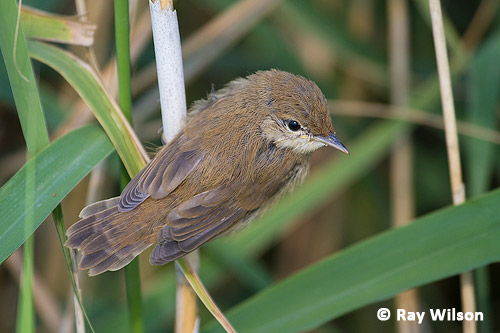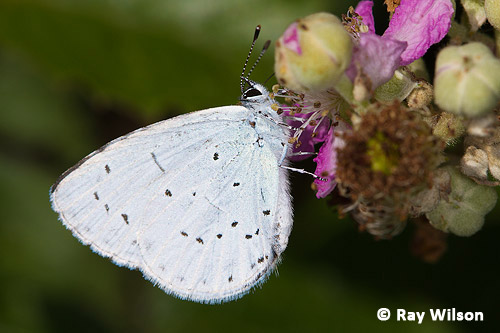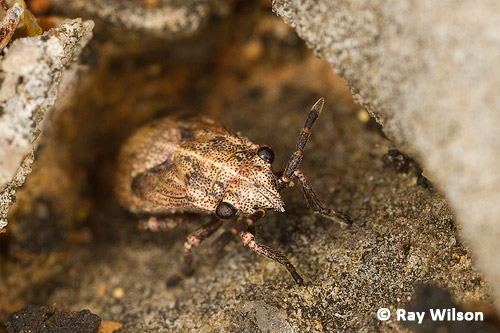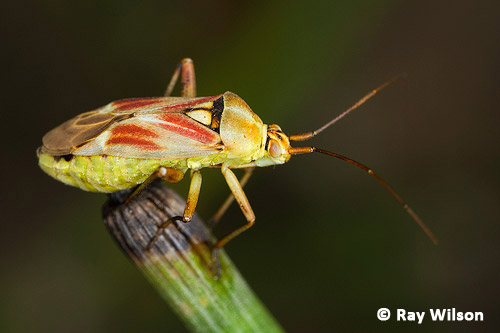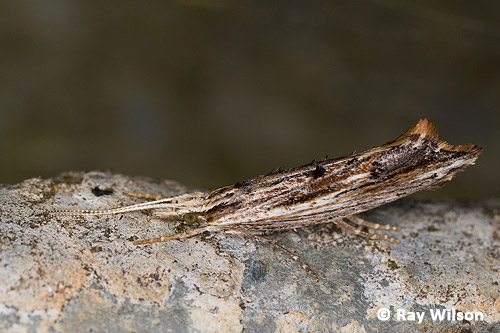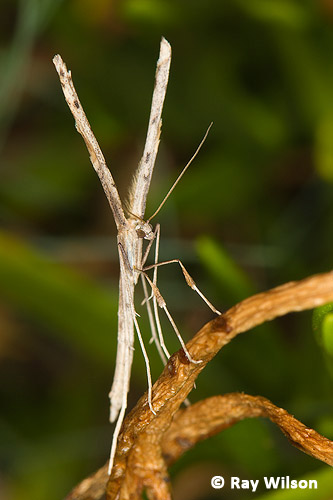
- Home
- Photography Tours
- Diary / Blog
- Galleries
- Foreign Trips
- Tasmania 2016
- NE Queensland 2016
- Western Alps 2016
- NE Spain 2016
- Australia's Wet Tropics 2015
- Australia's Top End 2015
- SW Australia 2015
- Switzerland 2015
- Andalucia 2015
- Belize 2015
- Australia 2014
- Switzerland 2014
- Belize 2014
- Bahama Islands 2014
- Switzerland 2013
- Ecuador 2012-2013
- Florida 2011-2012
- Vancouver Island 2011
- Australia 2010
- Peru 2008
- Bulgaria 2007
- Lesvos 2006
- California 2006
- New Zealand 2005
- Extremadura 2005
- Goa, India 2004
- The Gambia 2003
- About
July 2011
juvenile Reed Warbler (Acrocephalus scripaceus) - Attenborough, Nottinghamshire
Apart from a couple of hours spent photographing juvenile Reed Warblers bumbling about in the reeds, all my time this month was spent concentrating on insects.
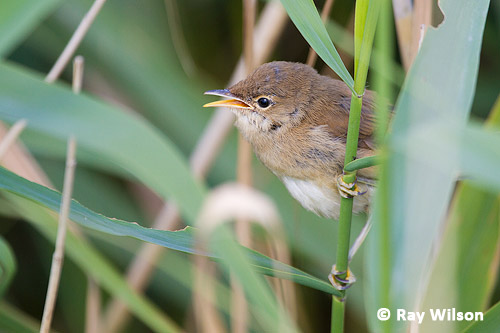
juvenile Reed Warbler (Acrocephalus scripaceus) - Attenborough, Nottinghamshire
Holly Blue (Celastrina agriolus) - River Trent, Derbyshire
The second brood of Holly Blues were beginning to emerge by mid-month, and other commoner butterflies in my local area included Common Blue and Large Skipper.
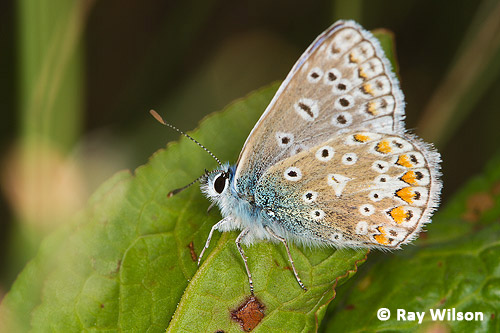
Common Blue (Polyommatus icarus) - Long Eaton Gravel Pits, Derbyshire
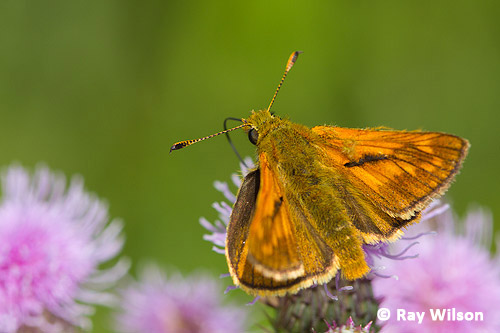
Large Skipper (Ochlodes venatus) - Long Eaton Gravel Pits, Derbyshire
While the numbers of Banded Demoiselles was beginning to dwindle at Attenborough, Brown Hawkers were just beginning to emerge.
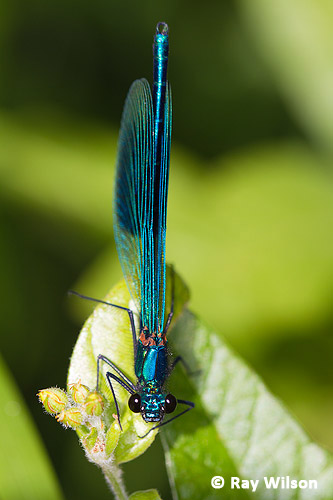
Banded Demoiselle (Calopteryx splendens) |
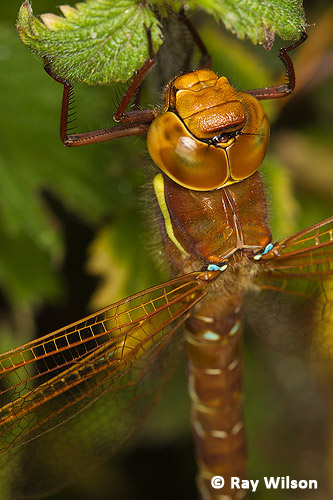
Brown Hawker (Aeschna grandis) |
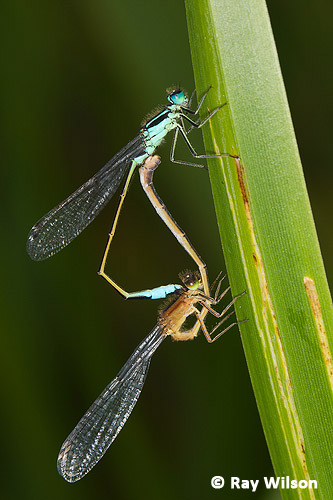 copulating Blue-tailed Damselflies (Ischnura elegans) |
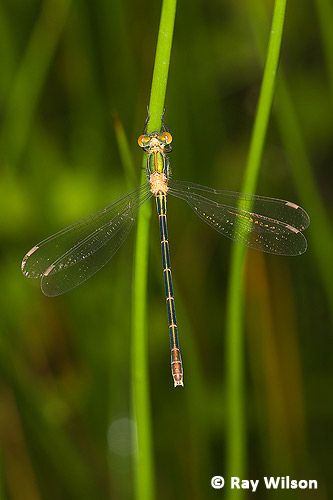
Emerald Damselfly (Lestes sponsa) |
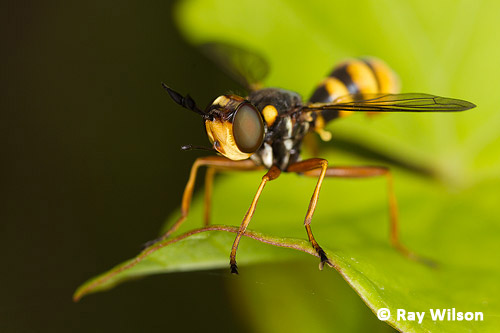
Conops quadrifasciatus - Attenborough, Nottinghamshire
The harmless wasp-mimic Conops quadrifasciatus is a parasite of Red-tailed Bumblebees. Both species are common at Attenborough and Long Eaton Gravel Pits.
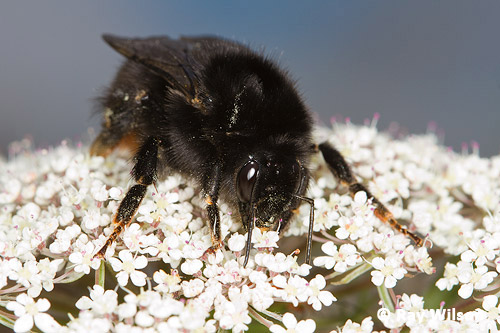
Red-tailed Bumblebee (Bombus lapidarius) - Long Eaton Gravel Pits, Nottinghamshire
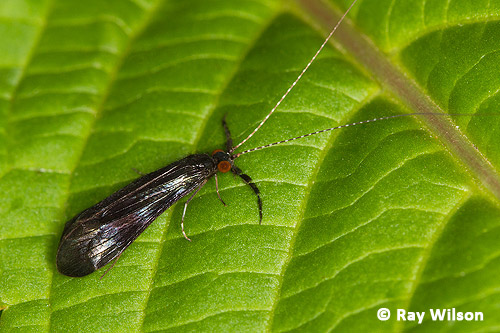
Mystacides azurea - Attenborough, Nottinghamshire
The long furry maxillary palps on the male caddis fly Mystacides azurea (above) clasp the female around the abdomen during mating.
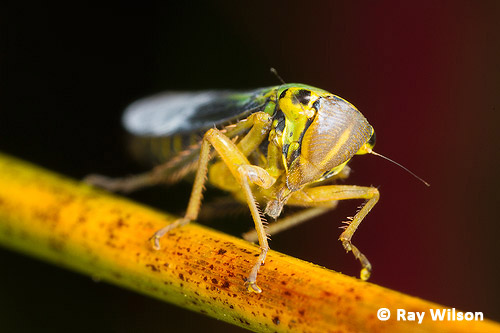
Cicadella viridis - Crymlyn Burrows, West Glamorgan
At the end of the month I went back down to Swansea for a weekend searching for insects in the company of old friends Ian Tew and bug expert Tristan Bantock.
Henestaris laticeps nymph - Thurba, West Glamorgan
Henestaris laticeps is a rare species of Ground Bug which in Britain is found only on coastal cliffs in the southwest of the country.
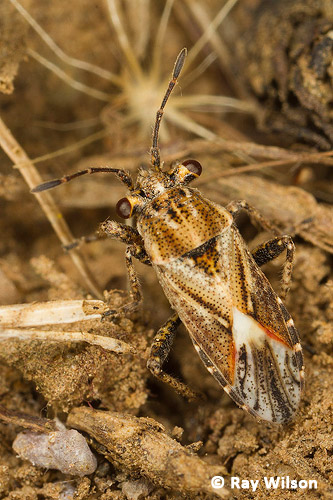
Henestaris laticeps - Thurba, West Glamorgan
Calocoris roseomaculatus - Crymlyn Burrows, West Glamorgan
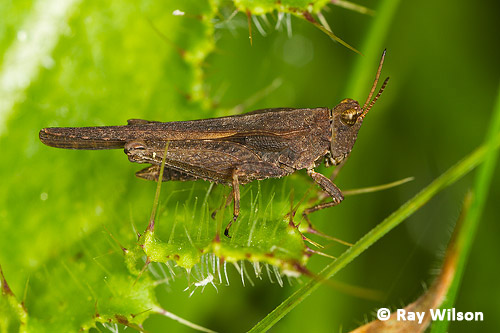
Slender Ground-hopper (Tetrix subulata) - Crymlyn Bog, West Glamorgan
The Swansea area and Gower peninsula is also one of the best places in the UK for finding a diverse selection of grasshoppers.
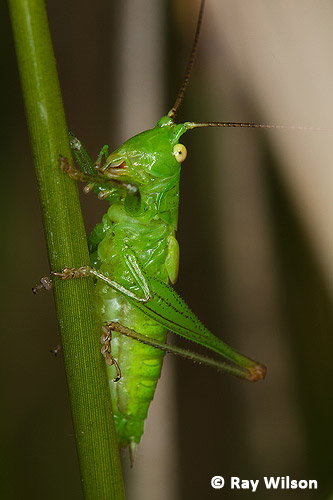
|
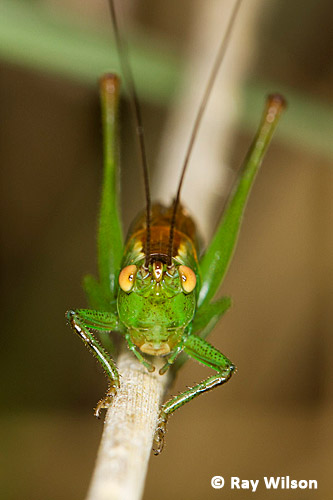
|
Short-winged Conehead (Conocephalus dorsalis) - Crymlyn Burrows, West Glamorgan
Villa modesta is member of the Bee-fly family that inhabits coastal dunes of Wales, England and eastern Scotland. Its larvae are endoparasites of moths and occasionally bees.
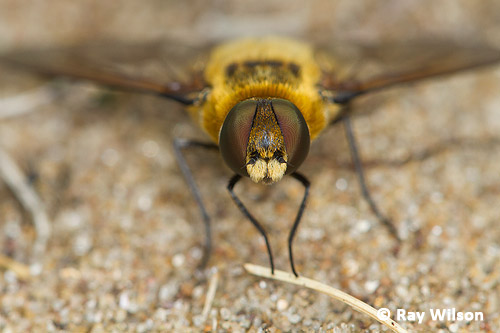
Villa modesta - Crymlyn Bog, West Glamorgan
While I was down in Swansea, another old friend, Barry Stewart, ran 3 moth traps at a site near Rhossili on the Gower. It is over 10 years since I've personally done any moth-trapping so it was good to have an expert around to help identify them as I have forgotten practically everything I knew! Unfortunately, I haven't yet had a chance to go through many of the photographs I took of some of the 130 species of moth we caught that night. They'll be added to the Lepidoptera galleries as soon as I can find the time to update them.
Ypsolopha scabrella - Mewslade, West Glamorgan
Not far from where the traps were set up is a site for what is surely Britain's most bizarre-looking moth. Agdistis meridionalis is a rare plume-moth associated with Sea-Lavender and is only found in West Wales and and southwest England.
Agdistis meridionalis - Thurba, West Glamorgan
Ray Wilson owns the copyright of all images on this site.
They may not be used or copied in any form without prior written permission.
raywilsonphotography@googlemail.com
